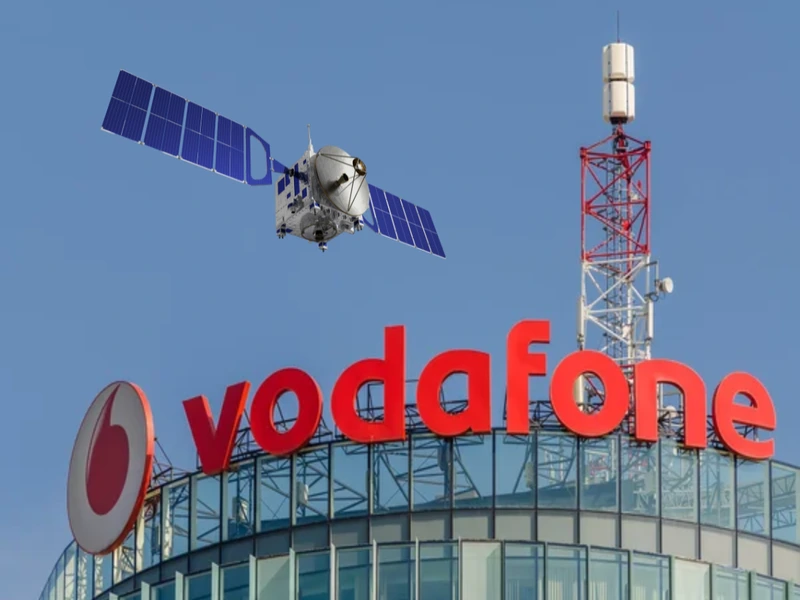- Vodafone trials satellite technology to improve mobile antenna alignment and reduce network interference.
- The test uses Earth observation satellites to spot equipment shifts and enable remote realignment.
What happened: Vodafone trials satellite-based antenna monitoring
Vodafone is testing a new way to monitor its mobile antenna network using satellite imagery. The telecoms company has partnered with M2MTech, a UK-based start-up supported by the European Space Agency (ESA), to assess whether satellite positioning data can detect shifts in mobile antennas that may cause service degradation or signal interference. The trial focuses on identifying antennas that have moved slightly off their optimal direction due to weather, vibration, or manual error.
The method involves using Earth observation satellites to measure the precise direction and angle of antennas from space. Vodafone hopes that by comparing current satellite readings with baseline data taken at installation, engineers can remotely detect and correct any changes. The technology could be used across thousands of mobile sites, improving maintenance efficiency. Vodafone says early testing results are promising and plans to evaluate wider deployment across Europe.
Also read: Vodafone names Microsoft executive Pilar Lopez as new CFO
Also read: Vodafone names Microsoft executive Pilar Lopez as new CFO
Why it’s important
This approach signals a shift in how telecom providers maintain critical infrastructure. Traditional methods rely on site visits, which are costly and time-consuming. Vodafone’s use of satellite monitoring could reduce the need for physical inspections, particularly in remote or hard-to-reach areas. Small cell towers, rooftop antennas, and 5G sites are especially prone to misalignment. The ability to monitor them from orbit provides a scalable and cost-effective tool for ensuring signal quality.
This is not the first instance of satellite technology being applied to ground-level infrastructure. In agriculture and urban planning, geospatial data is already used for precision monitoring. For telecom, it reflects a broader push to integrate automation, AI, and space data into daily operations. According to M2MTech CEO Paul Febvre, “our aim is to make networks smarter by reducing the need for field checks.”
With growing mobile data demands and 5G rollout pressures, such innovations could help operators maintain speed, stability, and coverage more reliably.

